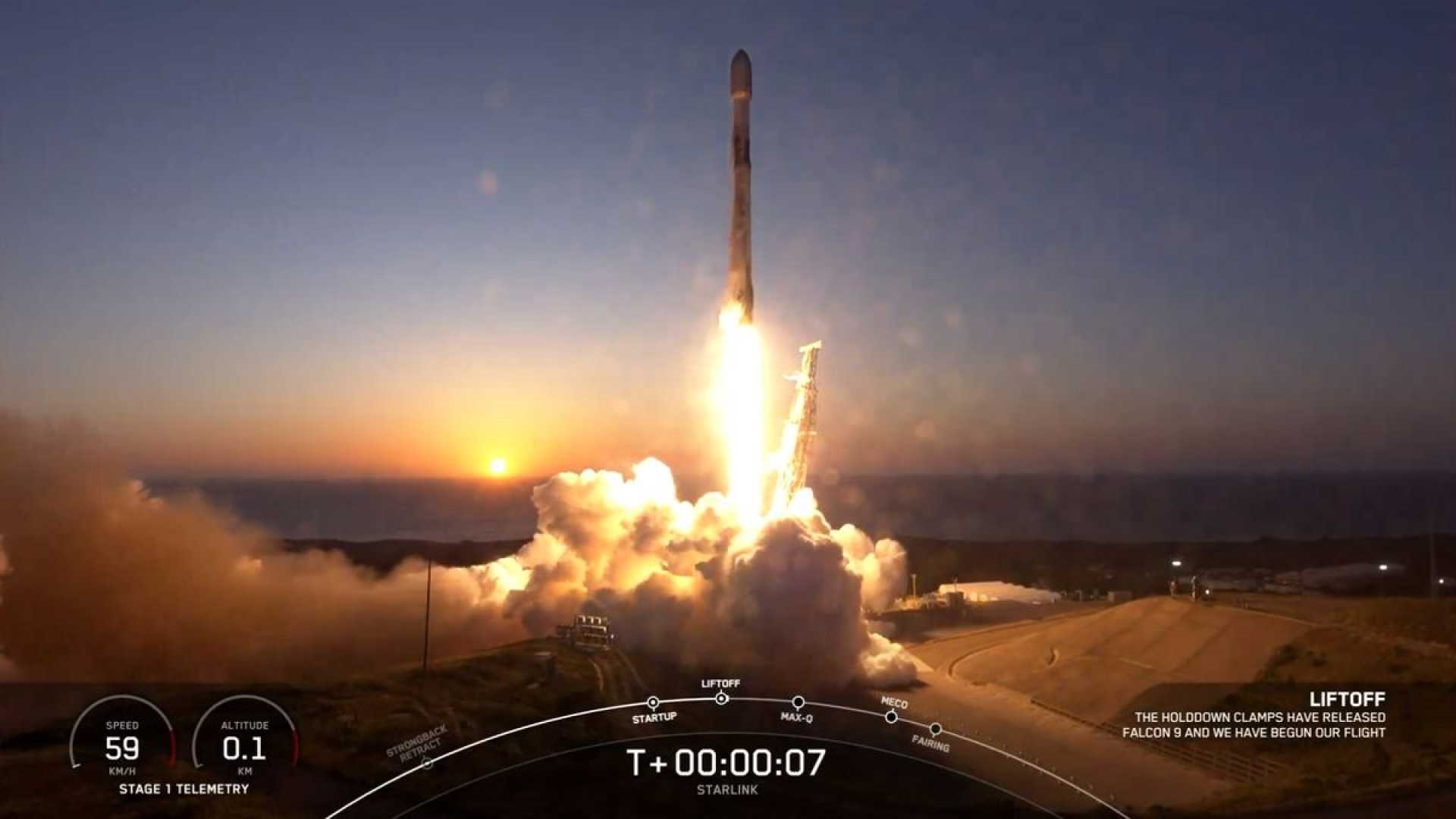News
SpaceX Successfully Launches Starlink Satellites from California

SpaceX has successfully launched 20 new Starlink satellites, further extending its global broadband internet constellation. The launch took place in the early hours of Wednesday, September 25, from Vandenberg Space Force Base located on California‘s central coast.
The Falcon 9 rocket lifted off at precisely 3:01 a.m. EDT (0701 GMT; 9:01 p.m. local time on September 24), deploying a mix of 13 satellites equipped with direct-to-cell capabilities and 7 standard v2-Mini Starlink satellites. This launch marked another step forward in SpaceX’s ambitious plan to develop a small satellite-driven internet communication matrix in low-Earth orbit.
Following the launch, the Falcon 9’s first stage successfully returned to Earth, landing on the drone ship “Of Course I Still Love You,” which was stationed in the Pacific Ocean. This event marked the tenth launch and landing for this particular booster, illustrating SpaceX’s continued focus on reusable rocket technologies.
CEO Elon Musk‘s company remains a buzzing hub of activity with more launches scheduled in the near future. SpaceX is planning the Crew-9 mission to the International Space Station (ISS), slated to take off on Saturday, September 28, from Cape Canaveral Space Force Station in Florida. This mission is particularly notable as it involves transporting two astronauts back to Earth while launching only two new ISS crew members, deviating from the typical four-person crew rotation.
The upcoming Crew-9 mission involves NASA astronauts Suni Williams and Butch Wilmore, who will return to Earth along with Crew-9 astronauts Nick Hague and Aleksandr Gorbunov. The return is set to occur aboard the SpaceX Crew Dragon capsule “Freedom” in February 2025. This change comes as a response to issues encountered with the Boeing Starliner capsule, which has faced thruster complications.
The recent Starlink launch at Vandenberg witnessed the continuation of SpaceX’s expansive satellite deployment. The company’s approach involves optimizing the use of its launch sites, necessitating a brief slow-down due to high-priority missions occupying space at its Florida launch complexes. Notably, Launch Complex 39A is being prepared for an upcoming Falcon Heavy mission that will launch NASA’s Europa Clipper in October.












